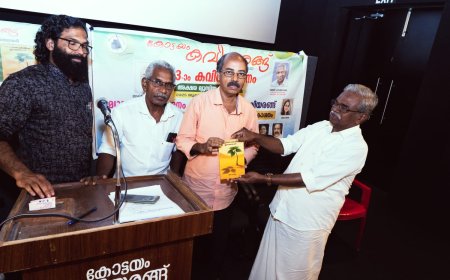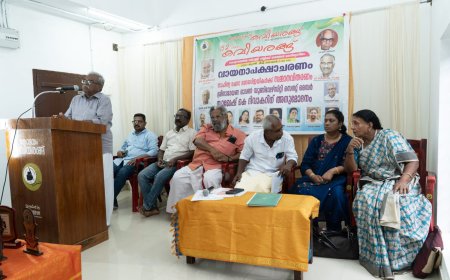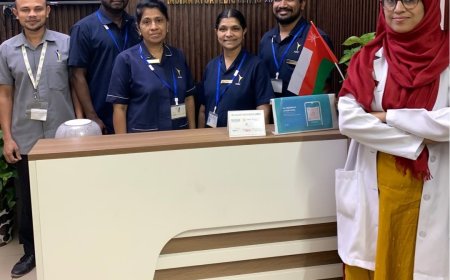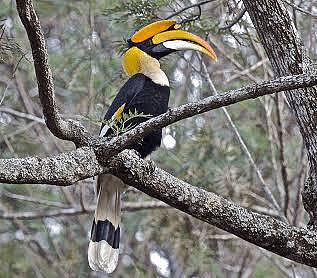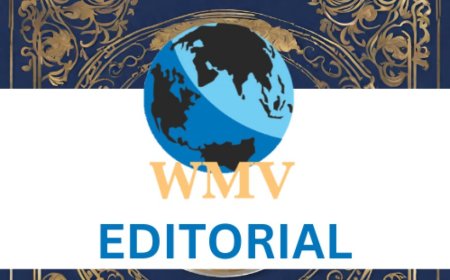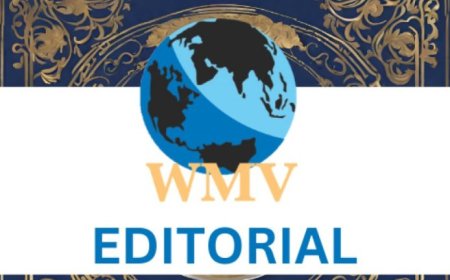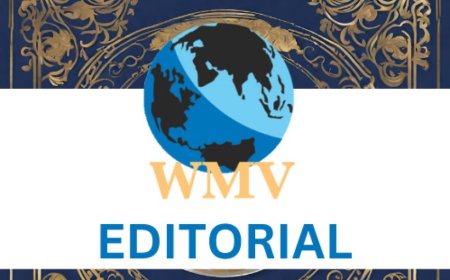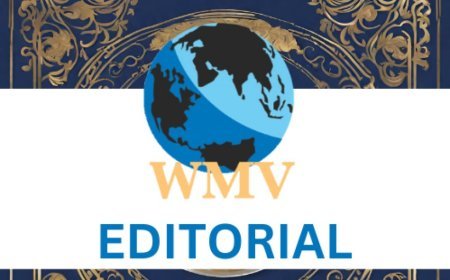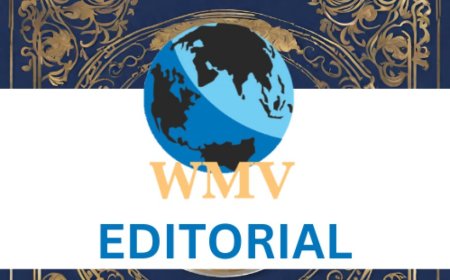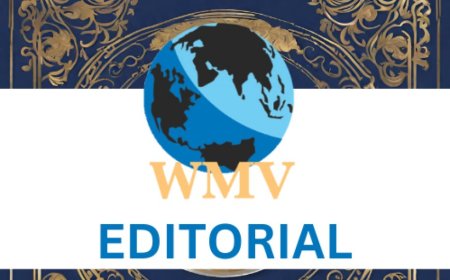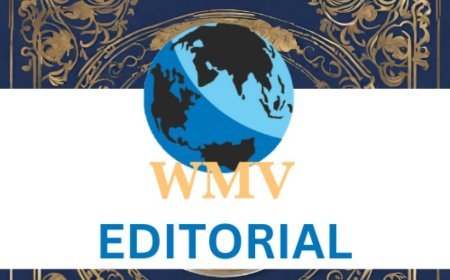India to explore Indian Ocean for critical minerals: Minister
India is looking to secure supplies of critical minerals that are required in multiple industries, including the nation’s transition to cleaner technologies. China's curbs on rare earths has highlighted the risks of reliance on imports.

INDIA aims to explore the Indian Ocean for critical minerals as it seeks to secure supplies essential for several industries, including clean energy.
The country aims to conduct scientific survey and exploration activities within the 75,000 square km region in the Central Indian Ocean Basin for polymetallic nodules (PMN) and the 10,000 square km area in the Central Indian Ridge andSouthwest Indian Ridge for polymetallic sulphides (PMS), Union minister of state for science and technology Jitendra Singh informed the Parliament on Wednesday.
PMN occurs on abyssal plains or vast deep regions of the sea floor and contains metals like nickel, copper, cobalt and manganese. PMS are deposits in areas with hydrothermal vents or openings and contain precious metals like copper, zinc, lead, iron and silver.
India is preparing to approach a United Nations agency, International Seabed Authority (ISA), for permission to scout for critical minerals in the Arabian Sea in addition to the existing two sites, Mint had reported on 1 August. The country already has a contract with the ISA to conduct scientific survey and exploration activities in the allotted areas in the Central Indian Ocean Basin, the Central Indian Ridge and the Southwest Indian Ridge.
The exploration of precious metals in PMN and PMS through deep ocean surveys aligns with the country’s contract with the ISA and augments the country’s know-how of the collective metal deposits, in addition to its land resources,said Singh in the written reply.
India is looking to secure supplies of critical minerals that are required in multiple industries, including the nation’s transition to cleaner technologies. More so, after China’s curbs on rare earth magnets, widely used in the automobile industry, highlighted the risk of reliance on imports–China has a 68.6% share in global rare earth mining, followed by the US at 12.3%.
According to Singh’s response in Parliament, the latest findings of minerals by ministry of earth sciences (MoES) include the development of technologies for manned submersible, demonstration of the collection of over 100kg of Cobalt-rich deep-sea polymetallic nodules from a depth of 1,173m in the Andaman Sea in 2024, identification of two active hydrothermal vent fields in the Central Indian Ocean, and development of vulnerability maps for coastal areas due to climate change.
One of the missions is aimed at technological innovations for the exploration and conservation of deep-sea biodiversity. The Centre for Marine Living Resources and Ecology (Kochi), an attached office of the MoES, has conducted six cruises surveying biodiversity across 19 seamounts in the Arabian Sea and Bay of Bengal,according to the minister's response to Parliament. Several (about 1300) deepsea organisms have been collected, studied and vouchered, including conducting in-depth genomic analysis for select organisms and the discovery of nearly 23 species that are new to science.



